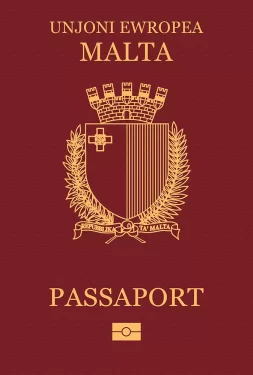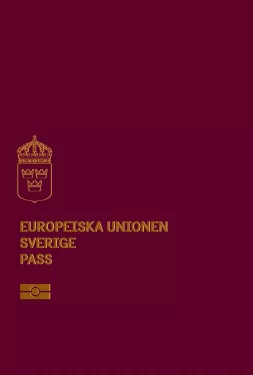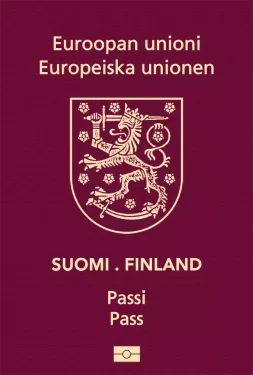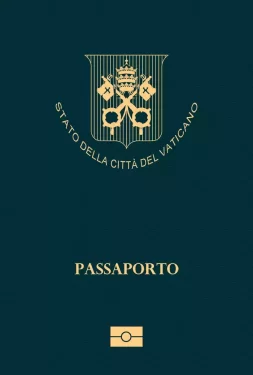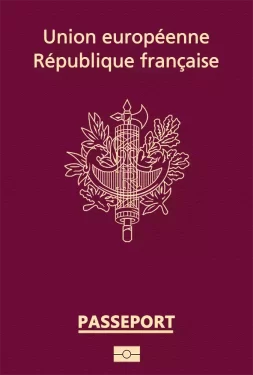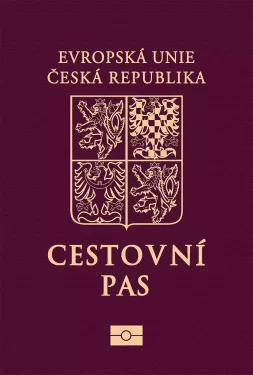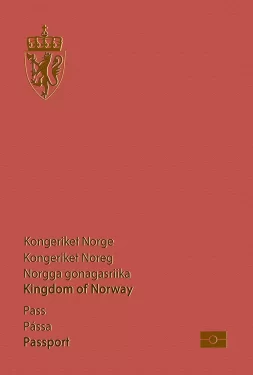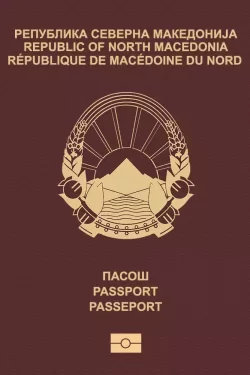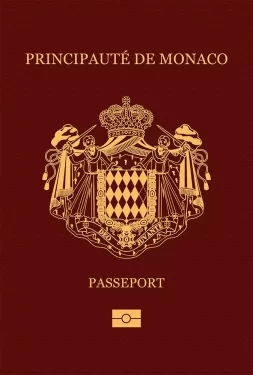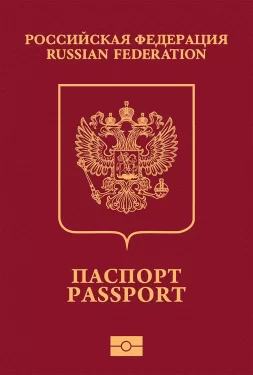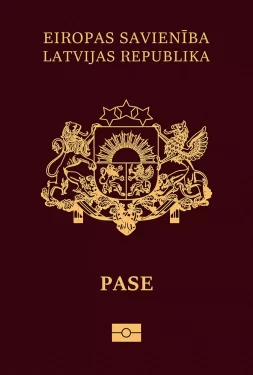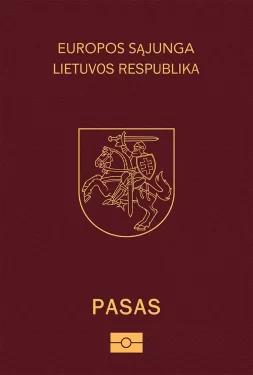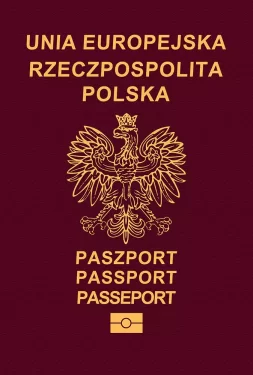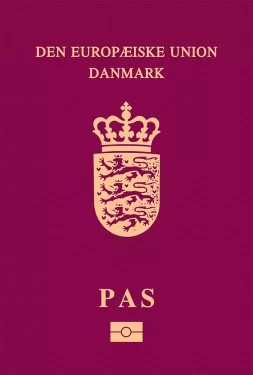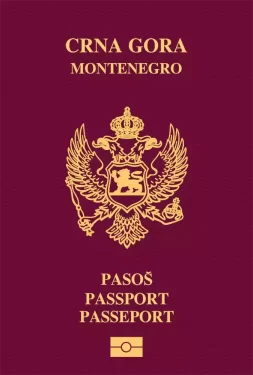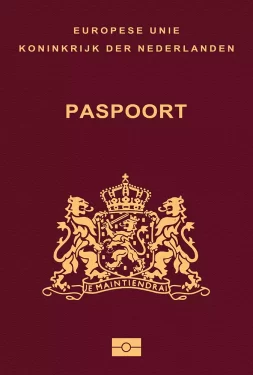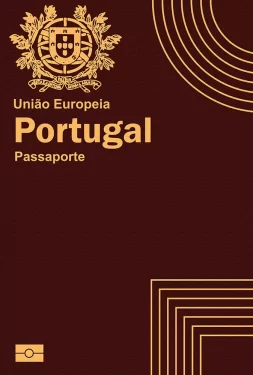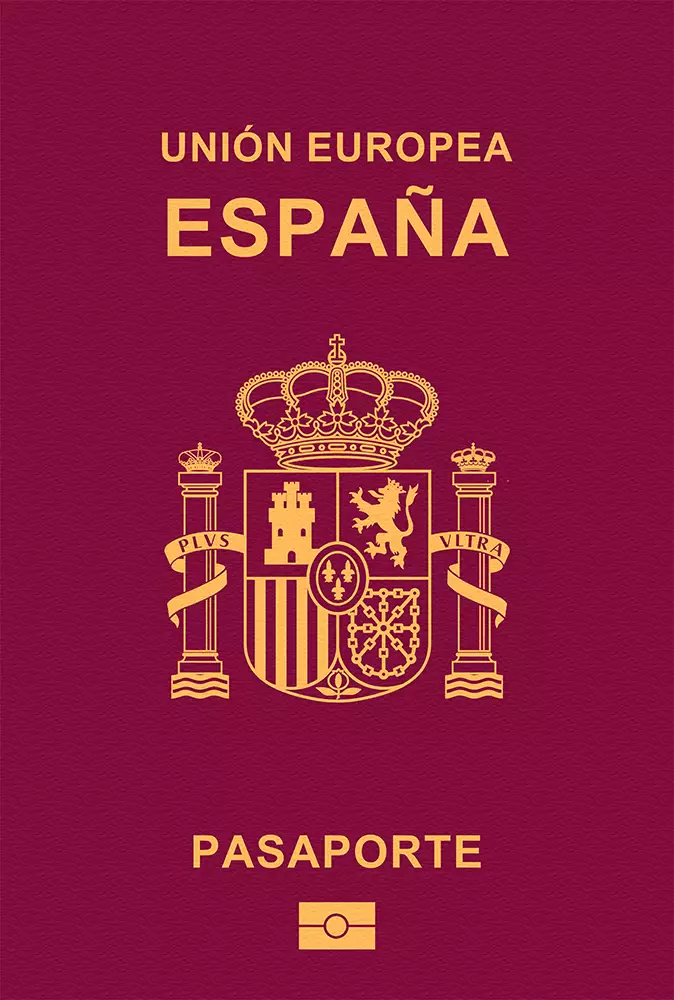
Spain
Spain passport ranking
The Spanish passport is currently ranked 2nd place on the Guide Passport Index. It provides visa-free access to 193 countries. It is considered one of the most desirable passports in the world with a very high mobility score. Spanish passport holders have visa-free access and visas on arrival to countries such as Brazil, Japan, United Kingdom, United Arab Emirates and United States. This allows almost instant travel worldwide. Spanish passport holders do however require a visa to enter about 36 destinations in the world. Some countries were a visa is required are India and Russia.
Spain Passport Ranking
The Spanish passport ranks 3rd globally. Spain passport holders can enter a total of 191 destinations—either without a visa, through a visa on arrival, or via an eTA.
The Spain passport ranking relative to other global passports is calculated by adding up the number of countries that allow Spain passport holders to enter without a visa (i.e. visa-free countries) and those that allow Spain passport holders to enter by obtaining a visa on arrival (i.e. visa-on-arrival countries) or an electronic travel authorization (eTA). There are currently a total of 150 Spain passport visa-free countries, 30 Spain visa-on-arrival countries, and 13 eTA destinations.
Separate from these Spain visa-free countries and visa-on-arrival countries, there are 36 additional destinations which Spain passport holders either need a physical visa to enter or an eVisa (i.e. visa required countries).
About Spain
The Kingdom of Spain consists 17 autonomous regions and is part of the European Union. The nation’s neighboring countries are France, Andorra and Portugal. The country has a surface area of 505,990 square kilometers. This makes it the 4th largest country in Europe. Spain’s terrain is mostly flat plains surrounded by rugged hill with the Pyrenees mountains in the north. Its climate is generally temperate in the interior and moderate alongside the coast.
The overall population is over 47.1 million people. The capital of the country is Madrid, which is also the most populous city with 3.2 million inhabitants, followed by Barcelona, Valencia and Seville. The largest airport is Adolfo Suarez Madrid Barajas Airport (MAD) with an average of 61 million passengers per year. MAD airport is the 6th busiest airport in Europe and provides access to all parts of the world. It is named after the first Prime Minister of Spain: Adolfo Suarez.
Spanish culture is rich of Roman and Catholic history. That is also why, the Roman Catholic religion is the main religion. The official languages in the country are Spanish, Catalan, Galician, Basque and Aranese. The legal system is the civil law. The government type is a parliamentary constitutional monarchy. The chief of state is currently King Felipe VI and the head of government is President Pedro Sanchez Perez Castejon.
The official currency of the country is the Euro (EUR) with the current exchange rate being EUR 0.94 to the USD. The country has an open economy, generating a GDP of approximately $2 trillion, making it the 7th largest economy in Europe. Its citizens have a per capita income of $38,143. The GDP is mostly made up of services and the industry sector. Its main goods of export are: textiles, metals, chemicals, ships, automobiles, grain, vegetables and wine. Tourism is also an extremely important GDP contributor.
Spain is filled with a variety of urban, cultural and natural tourism destinations and attractions. It is especially known for its rich culture and beautiful historic cities, attracting tourists during winter and summer. Spain has a total 48 UNESCO world heritage sites scattered around the country. Some of the major destinations include the Alhambra, Generalife Gardens, the Sagrada Familia, the Guggenheim Museum, the Seville Cathedral and the Costa del Sol. The nation has a total of approximately 75 million tourists visiting every year. The majority of tourists are originating from the United Kingdom, Germany, France and Italy.
The Spain passport is one of the most sought-after and powerful passports in the world. It provides its holders visa-free access to over 190 countries and territories.
Spanish citizenship can be acquired in a variety of ways, including by birth, descent, marriage, residency or naturalization. Individuals can also apply for Spanish citizenship after 10 years of acquiring a Spain Golden Visa.
Spain Golden Visa Program
Launched in 2013, the Spain Golden Visa Program allows investors and their families to acquire Spain residency permit by investing in real estate. Granted for two years, the Spain residency permit can be renewed every two years and there is no need to reside in the country to renew or retain the residency permit. Individuals can apply for the Spain Golden Visa program through the following option:
- Investing in real estate properties with a value not lower than €500,000. The investor has the option to reside in the property or make it available for rental to generate income. The applicants must keep the property to renew their Spain residency permit.
Spain Golden Visa comes with several benefits, including the following:
- Visa-free access to all Schengen countries
- The opportunity to apply for Spain citizenship if you live in the country continuously for 10 years
- Allows investors, as well as their dependents, to live and study in Spain
- Opportunity for legal family dependents to also acquire residency permit
- Profitable investment in real estate that generates income
For personalized information on how to apply for Spain Golden Visa, contact Guide Consultants through the following options:
